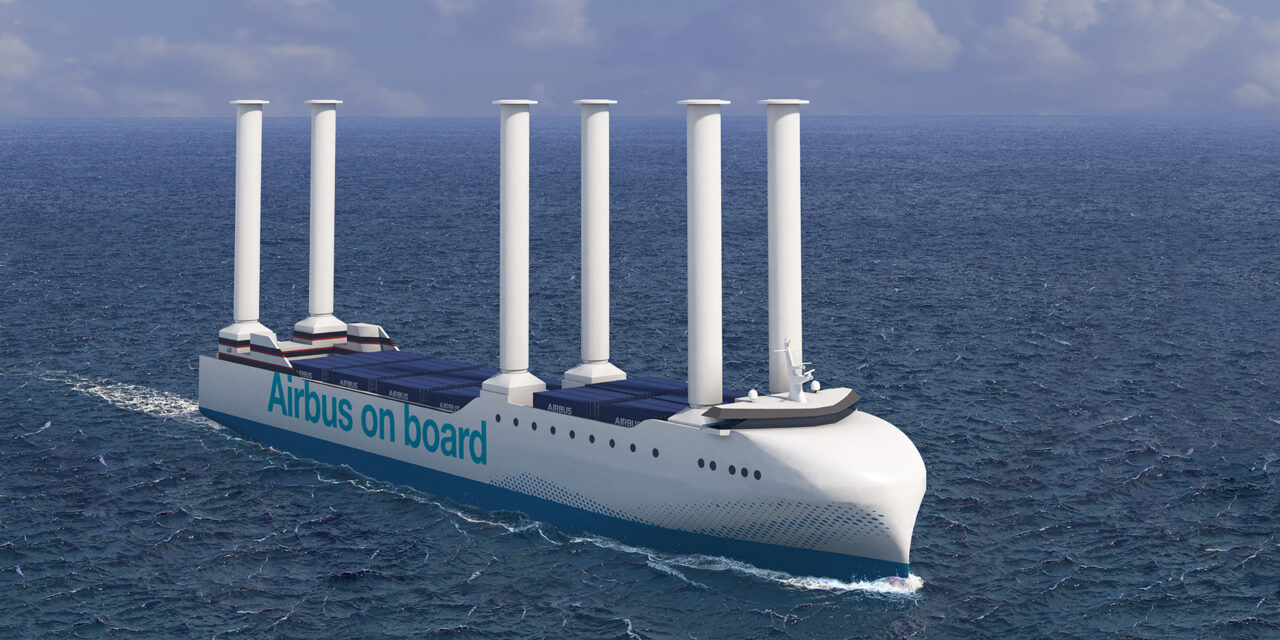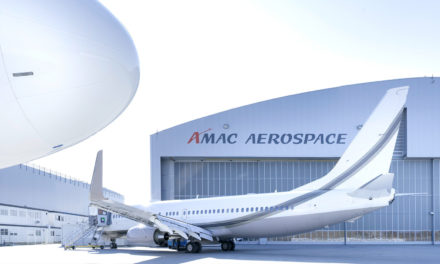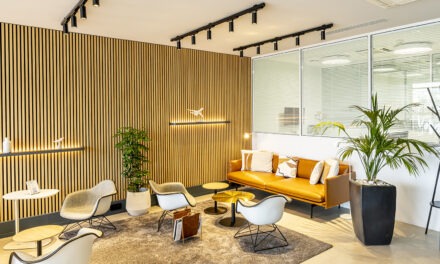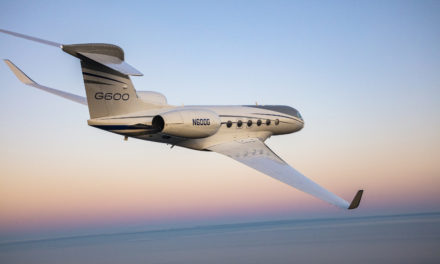Airbus will renew the entire fleet of chartered vessels that transport aircraft subassemblies between production facilities in Europe and the United States with three modern, low-emission roll-on/roll-off vessels, supported by wind-assisted propulsion.
Airbus has commissioned Louis Dreyfus Armateurs to build, own and operate these new, highly efficient vessels that will enter into service from 2026.
The new fleet is expected to reduce average annual transatlantic CO2 emissions from 68,000 to 33,000 tons by 2030. This will contribute to Airbus’ commitment to reduce its overall industrial emissions by up to 63% by the end of the decade – compared to 2015 as baseline year – in line with the 1.5°C pathway of the Paris Agreement.
“The renewal of our marine fleet is a major step forward in reducing our environmental impact,” said Nicolas Chrétien, Head of Sustainability & Environment at Airbus.
Airbus will gradually renew the chartered vessels that ferry its aircraft subassemblies across the Atlantic between Saint-Nazaire, France, and its single-aisle aircraft final assembly line in Mobile, Alabama.
The new vessels will be powered by a combination of six Flettner rotors – large, rotating cylinders that generate lift thanks to the wind, propelling the ship forward – and two dual-fuel engines running on maritime diesel oil and e-methanol. Additionally, routing software will optimize the vessels’ journey across the Atlantic, maximizing wind propulsion and avoiding drag caused by adverse ocean conditions.
Each new transatlantic vessel will have the capacity to transport around seventy 40-foot containers and six single-aisle aircraft sub assembly sets – wings, fuselage, engine pylons, horizontal and vertical tail planes – compared to three to four sets with current cargo ships.









